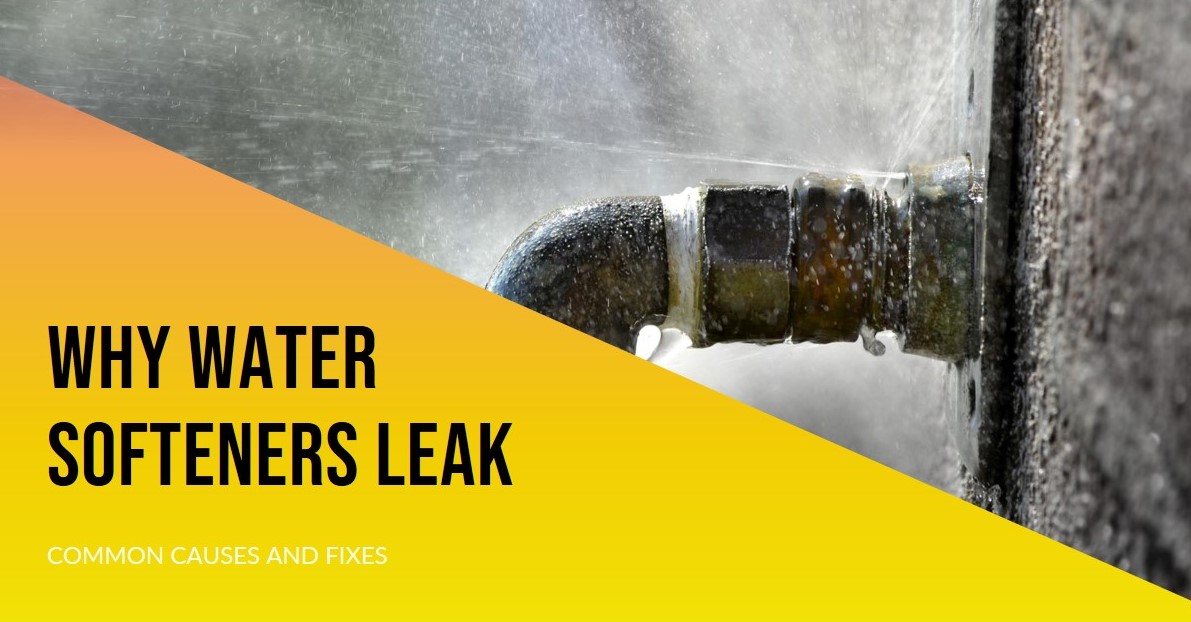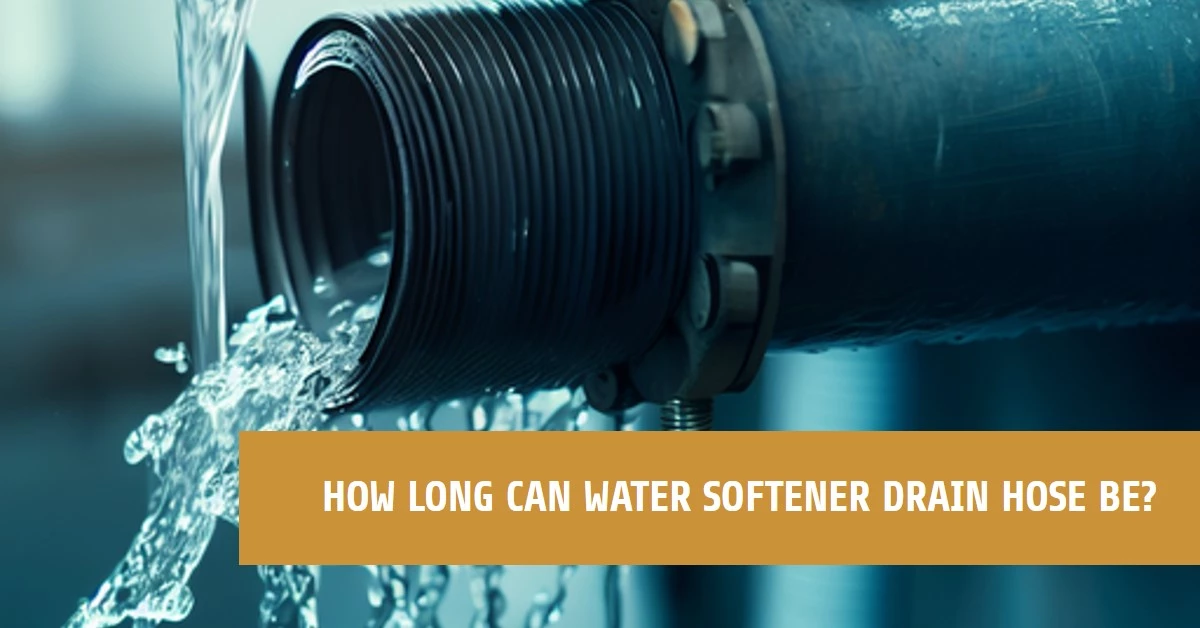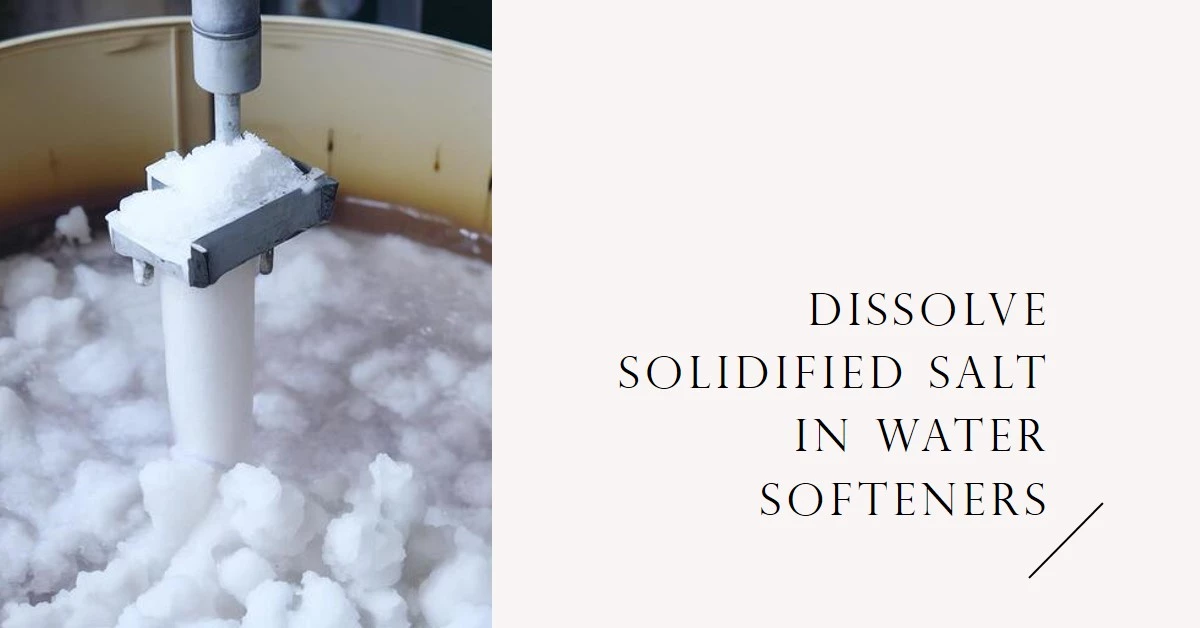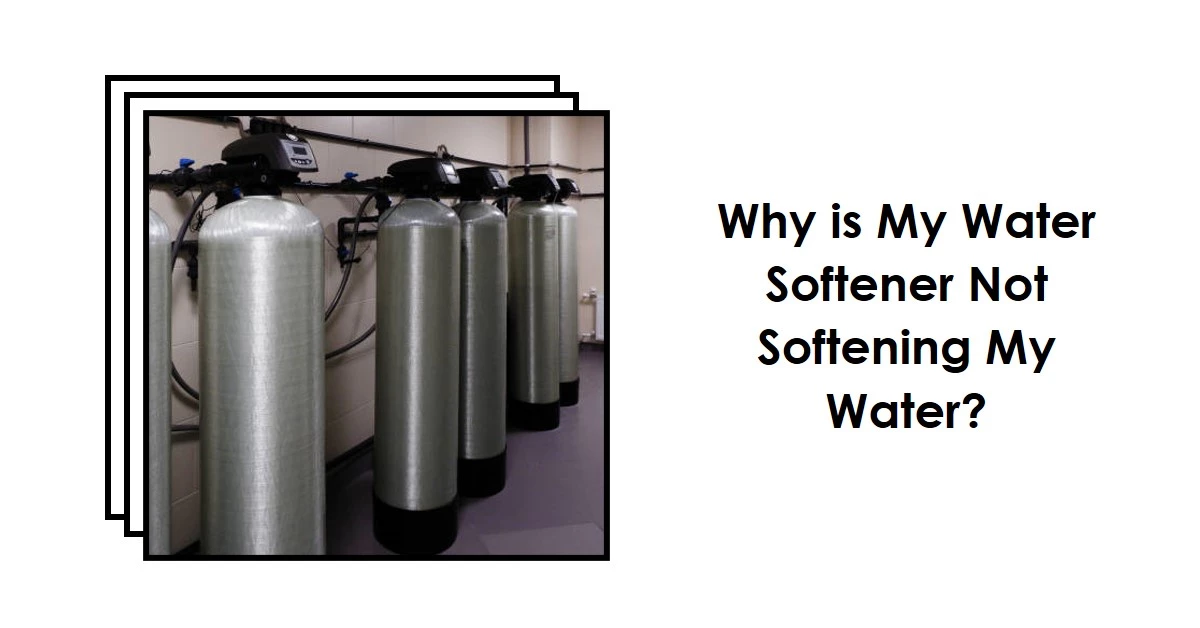Is your water softener leaking? Finding your softener dripping water can be worrying, but the cause is usually an easy fix. In this comprehensive guide, we’ll cover the most common reasons for water softener leaks and provide actionable solutions to get your system back in working order.
A leaking water softener, if left unaddressed, can lead to flooding, water damage, mold issues, and costly repairs down the road. That’s why it’s crucial to quickly diagnose and fix any drips or pooling water coming from your unit. The good news is that many leaks stem from minor problems like loose fittings or cracked hoses. With some basic tools and DIY troubleshooting, you can often resolve a leaking water softener yourself in no time!
We’ll walk through the steps to pinpoint where the leak is coming from, repair common issues, and prevent future leakage problems. Let’s get started!
Where is the Leak Coming From? How to Diagnose a Water Softener Leak
The first step in fixing a leaky water softener is figuring out the exact source of the leak. Water can escape from a few key areas on your softener:
Leaking From the Top
If you notice water dripping down the sides of the mineral tank or pooling at the top of the unit, the leak is likely originating from fittings or connections up high:
- Examine the inlet/outlet water lines connected to the bypass valve – are the fittings cracked or loose? Tighten or replace as needed.
- Inspect the rotor valve and brine valve for damaged o-rings or gaskets allowing water to escape.
- Check for cracks or disconnects in the brine line tubing running from the mineral tank to the brine tank.
Leaking From the Bottom
Water collecting on the floor by the base of your softener indicates a leak from the lower half:
- The drain line is often the culprit – inspect where it connects to the valve and where it exits your home. Tighten fittings or replace cracked tubing.
- Make sure the brine tank drain hole is clear and not blocked. A clog can force water out the overflow pipe, creating a leak.
- Check the lower seals around the riser tube and openings where the brine tank and mineral tank join.
Leaking From the Middle
Pinholes, cracks, or detached fittings in the central mineral tank can lead to leakage:
- Examine the mineral tank carefully for any punctures, cracks, or damage. These require professional repair.
- Look for wetness or mineral buildup around pipe connections and seals in the middle section.
Once you’ve identified the leak source, it’s easier to troubleshoot the specific issue and direct your repair efforts. Don’t just assume the leak is due to one part – take time to diagnose.
7 Common Reasons a Water Softener Leaks
Understanding what typically causes water softener leaks allows you to inspect and fix the most likely culprits. Here are some of the most common sources:
1. Damaged Drain Line
The flexible drain line carries wastewater away from the softener during backwash. Over time, it can crack, disconnect, or become clogged:
- Inspect where the drain line attaches to the control valve and where it exits the house. Tighten any loose fittings.
- Look for kinks or cracks in the line that can lead to leaks. Replace damaged tubing.
- Make sure the line is clear of debris that could block drainage and cause leaks.
2. Worn Seals and O-Rings
Rubber gaskets and o-rings seal joints throughout the system. When these components dry out or crack, leaks result:
- Examine o-rings on the bypass valve, rotor valve, piston, and brine line connections.
- Check for mineral buildup or wear around seals. Replace any defective seals.
- Lubricate o-rings upon reassembly to maintain pliability.
3. Loose Fittings
Fittings threaded onto valves, tanks, and pipes can vibrate loose over time:
- Inspect where inlet and outlet plumbing connect to the bypass valve and control valve.
- Check joints on the brine line, drain line, and fittings between the brine and mineral tanks.
- Tighten any loose fittings with a wrench. Don’t overtighten.
4. Backwash Issues
Problems with the backwash and regeneration process can lead to leaks:
- Make sure the brine tank float moves freely to shut off the brine valve.
- Inspect the injector assembly for clogs preventing proper backwash flow.
- Check for proper drainage during the backwash cycle. Clear any blocked lines.
5. Damaged Tanks
The brine and mineral tanks can become punctured, crack, or start leaking along seams:
- Look for damage like scrapes, holes, or large cracks in the plastic tanks. These require replacement.
- Ensure the salt tank lid fits snugly and check for cracks around inlet/outlet threads.
- Look for moisture or dripping at tank joints and connection points.
6. Malfunctioning Valves
Issues with the rotor valve, piston valve, brine valve, and bypass valve can lead to leaks:
- Make sure rotor valve seals, spacers, and o-rings are intact and properly aligned.
- Test that the piston valve smoothly moves up and down during regeneration.
- Ensure the bypass valve is fully open, not partly closed and leaking.
7. Sediment Buildup
Accumulated sediment, dirt, and minerals can prevent proper sealing:
- Examine valve discs, pistons, and o-rings for any buildup interfering with seals.
- Flush inlet lines and valves with descaling solution to clear out sediment.
Now that you know what to look for, you can troubleshoot your specific water softener leak situation.
How to Fix a Leaking Water Softener
Once you’ve diagnosed the source of the leak, here are steps for completing common water softener repairs:
For loose fittings:
- Shut off water to softener via the bypass valve or main shutoff valve.
- Drain water from the system – open the discharge valve.
- Tighten any loose fittings with pliers or a wrench. Don’t overtighten.
- Slowly turn water back on and check for leaks. Tighten further if needed.
For worn o-rings/seals:
- Unscrew valve covers or fittings to access the damaged o-ring.
- Remove the old o-ring and clean any residue from the groove.
- Lubricate a new, replacement o-ring with silicone grease.
- Carefully seat the o-ring in the groove and reassemble parts.
For drain line issues:
- Disconnect leaking sections of drain line tubing.
- Replace cracked/damaged tubing with new flexible tubing of the same size.
- Make sure line is free of kinks. Secure tightly with clamps.
For backwash malfunctions:
- Initiate manual regeneration and inspect/test valve functioning.
- Check and clear drain line blockages or injector clogs.
- Replace any defective parts like seals, spacers, or the control valve.
For damaged tanks:
- Shut off water and power to the softener.
- Drain the mineral tank and empty salt brine tank.
- Order a replacement tank. Install per instructions.
Preventing Future Water Softener Leaks
To help avoid leaks down the road:
- Inspect seals, o-rings, and fittings annually and proactively replace worn ones.
- Clear sediment from lines/valves to allow proper sealing.
- Ensure brine tank contains salt pellets, avoids salt bridges.
- Have professional servicing done yearly to check for potential issues.
- Watch for small drips or damp spots and repair immediately before major leaks occur.
With attentive self-inspections and preventive maintenance, you can keep your water softener running smoothly for years without pesky leaks!
When to Call a Professional for Water Softener Repairs
While many common leaks can be repaired DIY, it’s best to call a water treatment professional for:
- Major leaks causing substantial water damage.
- Identifying obscure leak sources that you cannot find.
- Installing replacement tanks or control valves.
- Repairing complex issues like a damaged mineral tank.
- Servicing your system annually to prevent problems.
- Covered repairs if the system is still under warranty.
Though fixing a leaking water softener yourself can save on service fees, professionals have the expertise to fully diagnose issues and make complicated repairs correctly. They also have access to manufacturer parts you may not be able to purchase independently.
For major leaks or complex repairs, a qualified plumber is your best bet to get your water softener working optimally again.
Final Thoughts
Identifying where the water softener leak is coming from is the first critical step towards resolving the issue. Common problem areas include the drain line, o-rings, fittings, backwash cycle, and tanks.
Many leaks can be fixed DIY by replacing worn seals, tightening fittings, clearing clogs, or replacing damaged parts like tubing. Prevent future leaks through regular maintenance and immediate repair of any drips.
While simple leaks are manageable on your own, rely on a water treatment professional for major repairs. Stopping any water softener leak quickly saves you headaches down the road. With the right knowledge, you can act fast and stop even small drips in their tracks.
FAQs
What are the most common causes of a leaking water softener?
The most common causes of water softener leaks include damaged drain lines, worn seals/o-rings, loose fittings, backwash issues, punctured tanks, malfunctioning valves, and sediment buildup preventing proper seals.
Where should I check first when diagnosing a water softener leak?
Start by inspecting the water softener connections at the top (bypass valve, inlet/outlet plumbing), bottom (drain line, brine tank), and middle (mineral tank fittings, float valve) to locate the source of the leak.
How can I fix a leaking drain line on my water softener?
Check where the drain line connects to the softener valve and exterior of home for loose fittings. Tighten if needed. Replace any cracked/damaged sections of tubing. Make sure line is free of kinks and debris.
What should I do if my water softener brine tank is leaking?
Check the brine tank fittings, float valve, overflow pipe, and connections to the mineral tank. Make sure the drain hole is clear. Look for cracks/damage and replace lid or tank if needed.
When should I call a professional for a water softener leak repair?
Call a professional for major leaks, complex repairs like replacing tanks/valves, obscure leak sources, annual servicing to prevent issues, or if the system is still under warranty.





